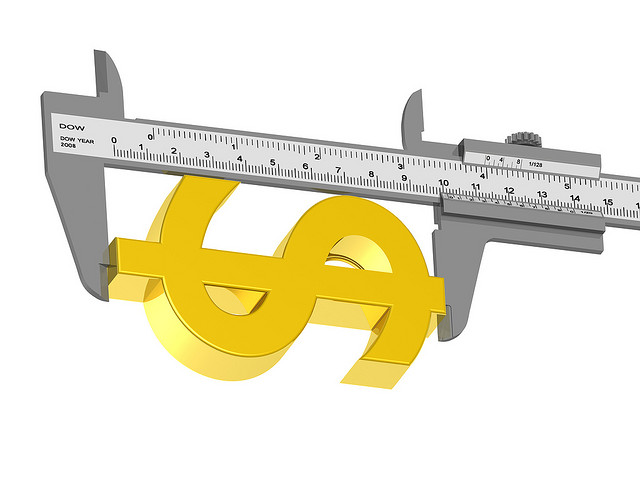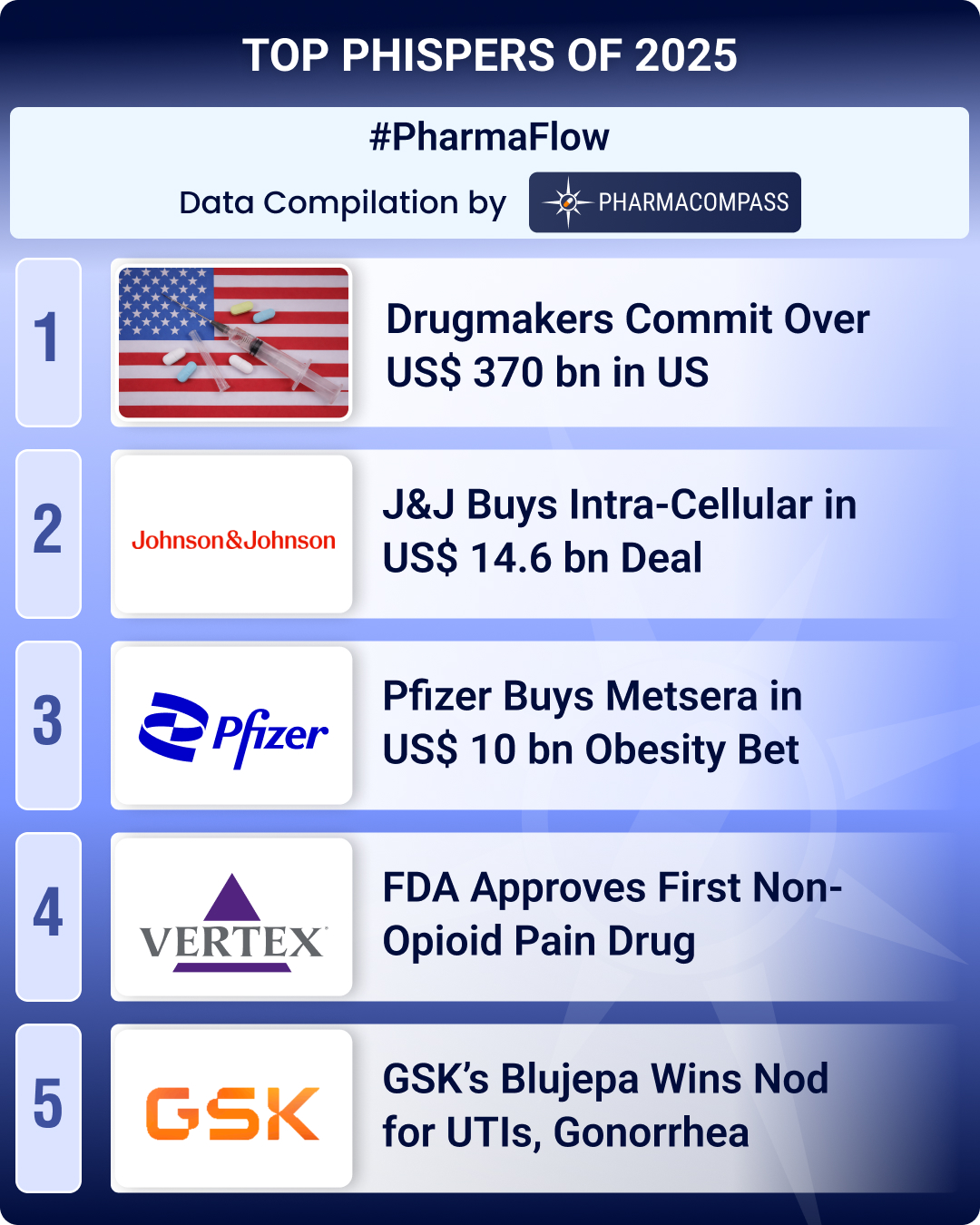
Why do “Americans pay, by far, the highest prices in the world for prescription drugs”?
This concern has reached an unprecedented level where government and non-government lawmakers are taking a very serious view of this problem. Hilary Clinton has already made it “a campaign priority” for her 2016 presidential election bid.
* Valeant pharmaceuticals buys two heart drugs in February and increased their list prices by 525% and 212%. The reason, company was doing “our duty is to our shareholders and to maximize the value”
* Study published in the journal Neurology on the cost of multiple sclerosis treatments, found drugs originally costing $8,000 to $11,000, now cost about $60,000 per year. The cost of increase is at rates 5 to 7 times higher than prescription drug inflation. Drug costs in the United States currently are 2 to 3 times higher than Canada, the U.K. and Australia.
* The Wall Street Journal wrote about “lawmakers in a handful of states stretching from California to Massachusetts, have introduced bills in a bid to force the pharmaceutical industry” to disclose their costs.
* In response to pressure by Senators Bernie Sanders and Elijah Cummings, the inspector general of Health & Human Services (HHS) will investigate how recent increases in generic drug prices, have impacted the Medicaid rebate program (for better understanding of the program and the reason why IMS data is different to company sales data, read this Forbes article .
* Massachusetts Attorney General, Maura Healey demands why prices of naloxone, which is used to reverse heroin overdoses, has “skyrocketed ” since a public health emergency was declared a year ago.
* The JAMA Oncology Study found that price of cancer drugs is independent of novelty and yet cancer drug prices have risen faster than prices in other sectors of health care.
The pharmaceutical defense:
* The historical response, of the pharmaceutical industry, for the reason behind high cost of drugs is that funds are needed to continuously research and develop novel medicines.
* “The price charged for an individual drug is not a reflection of development costs,” says Ken Kaitin, director of the Tufts Center for the Study of Drug Development.
* The Generic Pharmaceutical Association also states that “since 2008, the price of brand drugs has almost doubled, but the price of generic drugs has been cut roughly in half.”
The counter argument:
In an interview , Dr. Steve Miller CMO at Express Scripts said, “The industry is still innovating, but on a financial model of drug development that has little to do with science. The acquisition of Pharmasset by Gilead Sciences solely to obtain the rights to the HCV blockbuster Sovaldi is a good example. The drug was already through Phase III trials and Pharmasset had determined $36,000 per treatment was the right price; then Gilead bought the company, for $11 billion, and promptly added $50,000 to the asking price for Sovaldi. That’s not what is meant in recognizing an “innovative step.”
Pharmaceutical giant Actavis CEO, Brenton Saunders “growth pharma” model, which believes “the idea that to play in the big leagues you have to do drug discovery is really a fallacy” will not help win public sympathy.
When assessing the price increase of generic drugs, the United State Senators mentioned that the prices of “certain dosages or dose forms of a product have increased rapidly while prices for other doses remained flat or declined”. An example given is Fluconazole 100mg tablet having experienced a price increase of 954%, while the 150mg actually had a price decline of 8%.
The reality:
Consistent with the conclusion in the JAMA Oncology study “that current pricing models are not rational, but simply reflect what the market will bear".
Expected action:
HHS conducted an investigation on generic drug price increases in 2007 and recommended that generic drug makers pay rebates to state Medicaid programs. The practice is currently standard for branded pharmaceuticals. Although lawmakers are pushing this course of action, the inaction since 2007 and study on multiple sclerosis drugs shows limited benefit if generic drugs are made to pay rebates.
A far more likely outcome will be a European model, where federal health care programs like Medicare and Medicaid negotiate directly with drug makers to get lower prices. This provision was added in the recent budget of President Obama, but currently there is no progress.
While regulators create their legislation, the pharmaceutical industry is in serious consolidation mode. If the Teva, Mylan deal comes through, and they combine, the options of negotiating with generic companies are going to seriously reduce.
The PharmaCompass Newsletter – Sign Up, Stay Ahead
Feedback, help us to improve. Click here
Image Credit : Dollar versus DOW by Bill Brooks is licensed under CC BY 2.0
“ The article is based on the information available in public and which the author believes to be true. The author is not disseminating any information, which the author believes or knows, is confidential or in conflict with the privacy of any person. The views expressed or information supplied through this article is mere opinion and observation of the author. The author does not intend to defame, insult or, cause loss or damage to anyone, in any manner, through this article.”





